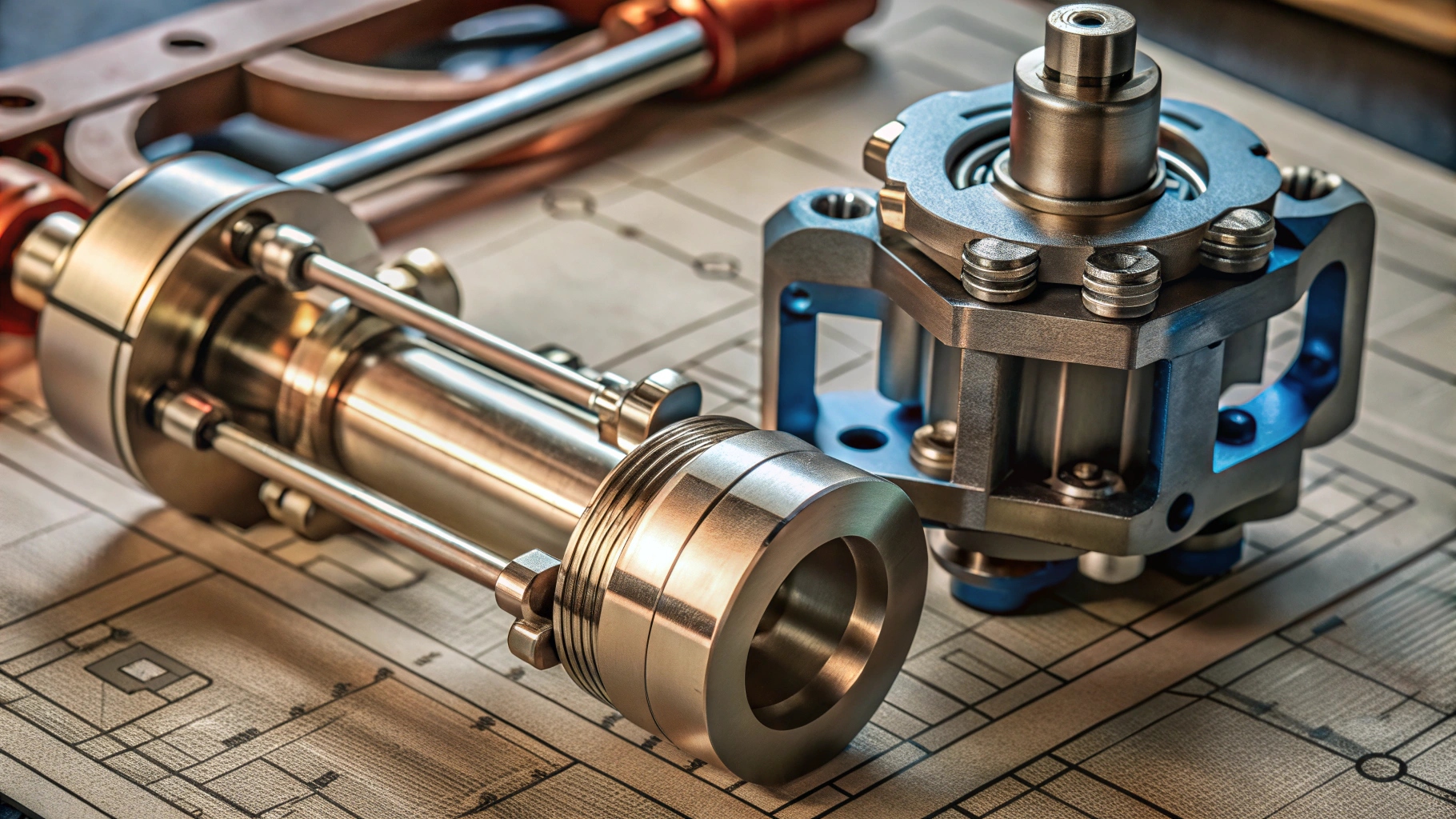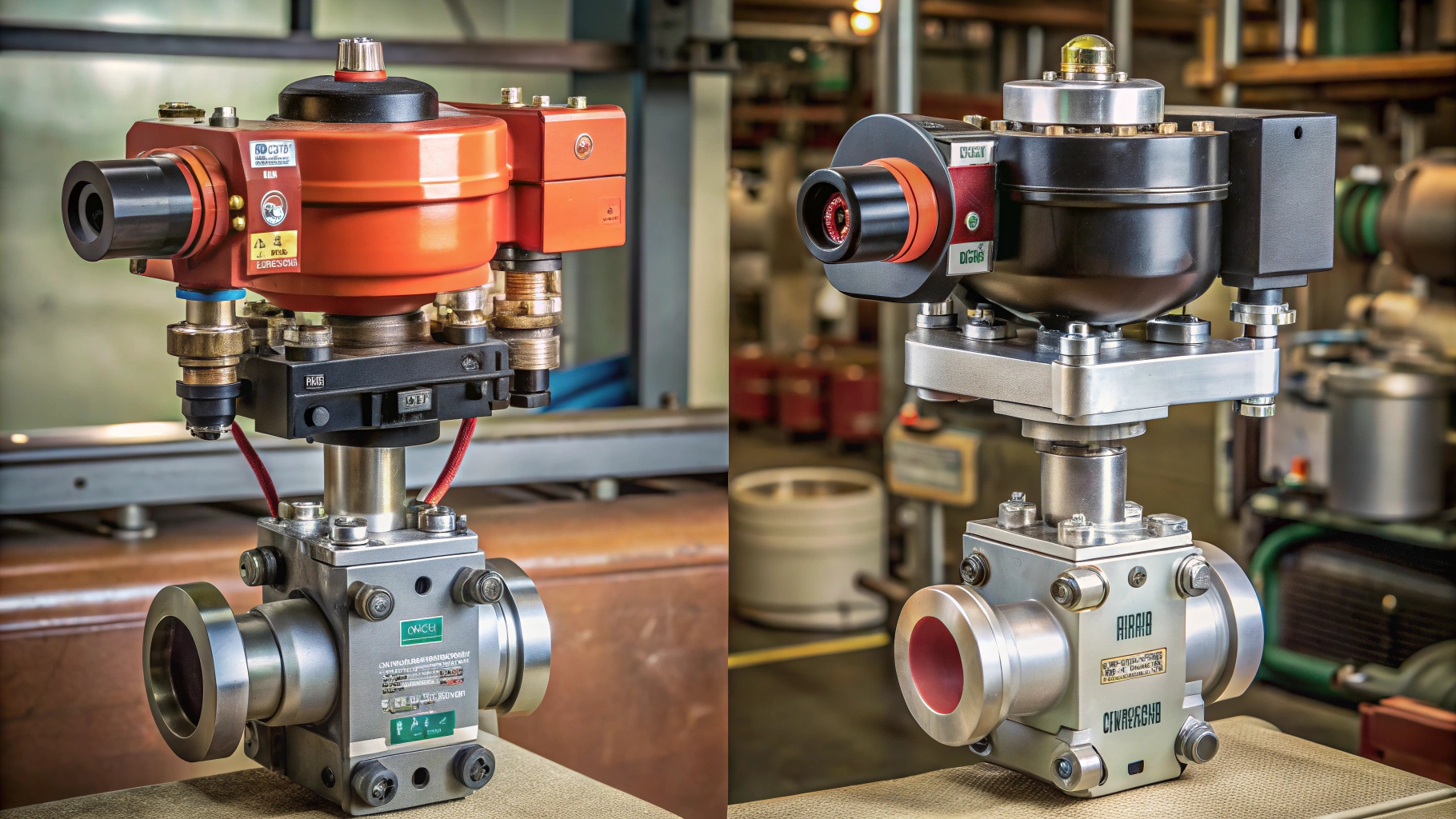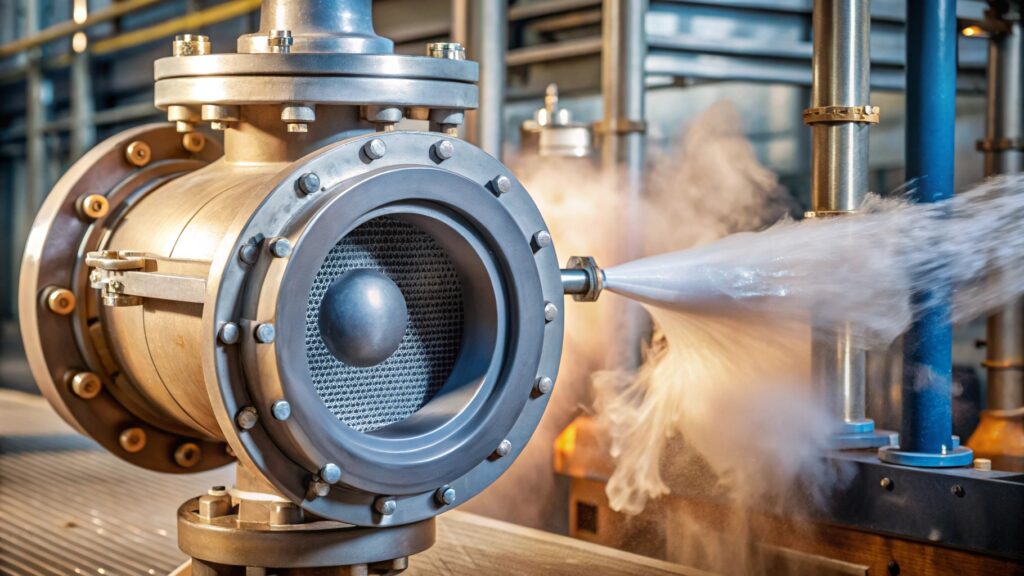
Direct-acting pulse valves are essential components in many industrial systems, especially in air, water, and gas pipelines. They work by directly controlling the flow of media, using an electrical signal to activate the valve mechanism. This mechanism allows for quick, efficient flow regulation, often used in automated systems like dust collectors, irrigation systems, and pneumatic circuits.
In simple terms, a direct-acting pulse valve is a valve that uses an internal diaphragm or piston to directly control the flow of a fluid or gas. It responds instantly to electrical signals, making it highly effective for systems that need rapid opening and closing. These valves are popular for systems requiring a sharp, controlled burst of pressure, such as in dust filtration or cleaning systems.
Transitioning to a more technical perspective, let’s dive deeper into the mechanics behind direct-acting pulse valves.
What Does Direct Acting Valve Mean?

Direct acting valves are simple yet vital devices in pneumatic and hydraulic systems. Unlike other types of valves, direct acting valves do not require any external control mechanism, such as air pressure1 or hydraulic force2. Instead, the valve opens or closes based solely on the input signal provided, typically electrical, which directly actuates the valve's internal components.
To elaborate, a direct-acting valve functions by directly controlling the flow of fluid or gas with a mechanical actuator like a diaphragm3 or piston4. When the input signal is received, the actuator moves, opening or closing the valve, thereby regulating the flow.
This simple mechanism ensures quick and accurate control over flow, making direct-acting valves ideal for applications where response time is crucial. The most common use cases include systems where precise, fast actions are needed, such as in dust collectors5, beverage filling lines6, or industrial machinery7.
How Direct-Acting Valves Work?
A direct-acting valve works through a few straightforward steps:
- Signal Activation: The valve receives an electrical signal.
- Internal Actuator Movement: The signal triggers the actuator, usually a diaphragm or piston, to move.
- Flow Regulation: Depending on the direction of the actuator’s movement, the valve either opens or closes, controlling the flow of the media.
What is a Direct Acting PRV?

A Direct-acting Pressure Relief Valve8 (PRV) is a type of valve designed to maintain a safe operating pressure within a system. The direct-acting PRV opens when the pressure within a system exceeds a preset limit. This release of pressure prevents potential damage to the equipment or system.
A direct-acting PRV differs from other relief valves because it operates solely based on the pressure in the system, without needing any external force or assistance. The valve is usually spring-loaded and has a diaphragm9 or piston10 that moves in response to increasing pressure, opening the valve to release excess pressure.
How Direct Acting PRV Works?
The mechanism of a direct-acting PRV is based on the following sequence:
- Pressure Increase: As pressure rises within the system, it acts on the diaphragm or piston inside the valve.
- Valve Opening: When the pressure exceeds the spring’s set force, the valve opens.
- Pressure Relief: The excess pressure is released through the valve, preventing the system from over-pressurizing.
This type of PRV is often used in applications where the system pressure must remain tightly controlled to avoid damage to sensitive equipment, such as in hydraulic systems11, boilers12, and air compressors13.
What is the Difference Between Direct Acting and Pilot-operated Valves?

Direct-acting and pilot-operated valves are both widely used in fluid control systems, but they have significant differences in their operation and ideal applications. Let’s break down these differences in simple terms:
Direct-acting Valves
- Operation: Direct-acting valves open or close based on an internal actuator responding directly to a signal, without any external help.
- Response Time: These valves offer fast, precise control over the flow, making them ideal for applications that need rapid response times.
- Complexity: Generally simpler in design, with fewer components.
- Applications: Often used in small, simple systems like pneumatic circuits or dust collector cleaning systems.
Pilot-operated Valves
- Operation: Pilot-operated valves require an additional system (called a pilot) to control the valve. A small pressure or electrical signal operates a pilot valve, which then opens or closes a larger valve.
- Response Time: These valves are slower to respond compared to direct-acting valves, as they rely on secondary systems to control the flow.
- Complexity: Pilot-operated valves are typically more complex, with more components such as a secondary valve for pilot control.
- Applications: Pilot-operated valves are often used in larger systems or applications where the valve needs to control high pressures or large flow rates, such as in hydraulic or industrial processes.
Key Differences at a Glance
| Feature | Direct-acting Valves | Pilot-operated Valves |
|---|---|---|
| Operation Type | Direct response to signal | Requires a pilot signal to operate |
| Response Time | Fast, instant response | Slower, due to additional system |
| Design Complexity | Simple, fewer components | Complex, multiple components |
| Use Case | Small, simple systems | Large systems or high-pressure systems |
| Flow Control | Ideal for low-to-medium flow | Suitable for high flow rates |
In conclusion, while both types of valves serve crucial functions in fluid and pressure control systems, direct-acting valves are best for applications requiring rapid response and simpler designs, whereas pilot-operated valves are better suited for larger, more complex systems with higher demands on pressure and flow control.
Conclusion
Direct-acting pulse valves are versatile and reliable tools in industrial systems, offering quick and accurate flow control. Understanding their function and the differences between direct-acting and pilot-operated valves can help in choosing the right valve for your needs.
-
Understand how air pressure is utilized in pneumatic systems, especially for valve operation. ↩
-
Learn how hydraulic force influences valve movement and fluid control in systems. ↩
-
Discover how diaphragms are used to actuate valves and regulate fluid flow. ↩
-
Learn how piston actuators control valves for precision flow regulation. ↩
-
Explore the role of direct-acting valves in maintaining efficient airflow in dust collectors. ↩
-
Understand how valves help in precise liquid control for beverage production. ↩
-
Learn how direct-acting valves ensure quick and accurate control in industrial machinery. ↩
-
Understand the role of pressure relief valves in maintaining safe system pressure. ↩
-
Learn how diaphragms regulate pressure within relief valves to prevent over-pressurization. ↩
-
Discover how piston-based valves control pressure in sensitive systems. ↩
-
Explore how PRVs ensure hydraulic system safety by controlling pressure levels. ↩
-
Learn about the critical role of PRVs in preventing over-pressure in boilers. ↩
-
Understand the importance of PRVs in safeguarding air compressor systems. ↩



